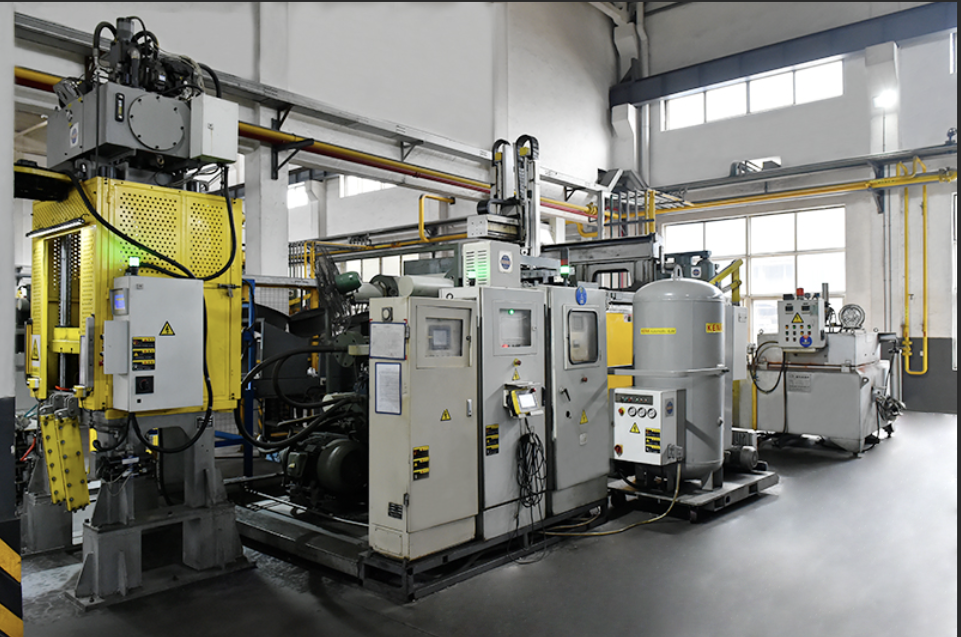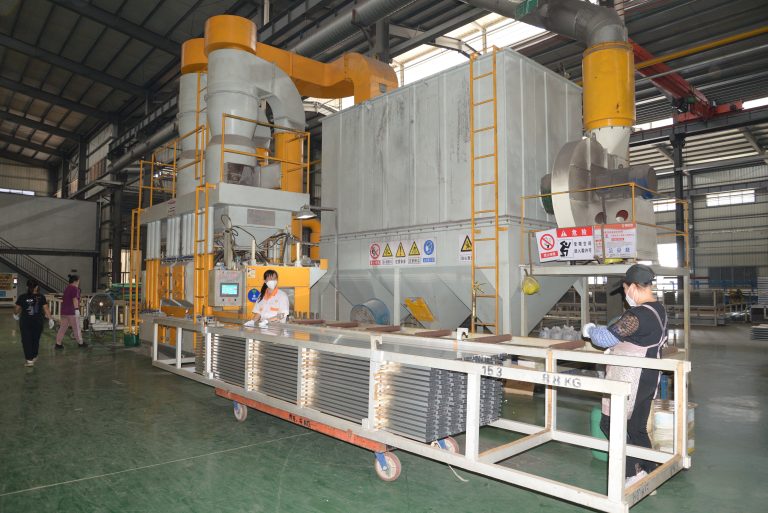Extruded Aluminum vs Die-Cast Aluminum: A Complete Guide to Differences, Process, and Uses

If you want to make something with aluminum, you need to pick the right method. Die casting and extrusion are two common ways to shape aluminum. But what makes them different?
To answer that, we first need to explain how each process works. What is die casting? What is extrusion? Let’s look at each method so you can see how they compare.
What is Die Casting?
Die casting shapes aluminum by injecting molten metal into a steel mold. The process starts with melting an aluminum ingot. A piston then forces the liquid aluminum into a die. The metal cools and hardens inside the mold, forming the final part.
Manufacturers use die casting to make parts with precise shapes and smooth surfaces. This process also works with metals like zinc and copper. Die casting is fast and produces many identical pieces. Think of it as pouring batter into a waffle iron—just with metal instead of breakfast.

Die Casting Process
Die casting uses a clear, repeatable process to form aluminum parts. Here are the main steps:
1. Preparation
Workers heat the mold to a set temperature. They apply a lubricant to the mold. This helps the metal flow and makes part removal easier. The mold halves close and clamp together.
2. Pouring Aluminum
A machine injects molten aluminum into the mold cavity. The process uses high speed and pressure. Proper speed and temperature help fill the mold completely.
3. Cooling
The aluminum cools quickly inside the mold. Cooling systems help speed up this step. The metal hardens and takes the shape of the mold.
4. Ejecting the Part
After cooling, the mold opens. Ejector pins push the solid part out of the mold. This step requires care to avoid damaging the part.
5. Finishing
Workers remove extra metal from the part. They use cutting and polishing tools. The finished part is now ready for use.
Die casting is fast and produces many identical parts. The process is simple, but the results are precise. Think of it as making waffles, but with metal and a lot more heat.
What is Extruding?
Extruding forms aluminum by forcing it through a shaped die. This process creates long parts with a consistent cross-section.
Workers heat an aluminum billet until it softens. A machine pushes the billet through the die. The aluminum exists in a continuous shape, such as a tube or channel.
Extrusion can make C-shaped, W-shaped, round, and rectangular tubes. It also produces profiles for window and door frames. Changing the die changes the final shape. This method is efficient for making parts with complex profiles.
Extruding Process
Extruding aluminum follows a clear sequence of steps:
1. Preparation
Workers preheat the extrusion die to 450–500°C. They load the die onto the extruder.
2. Moving the Billet
A preheated aluminum billet moves to the extruder. Workers apply lubricant to the billet and ram to prevent sticking.
3. Extrusion
A hydraulic ram pushes the billet through the die with high pressure. The aluminum takes the shape of the die as it exits.
4. Cooling and Straightening
The extruded aluminum profile leaves the press. Fans or water cool the profile. Workers stretch or straighten the profile to keep it flat.
This process creates long, straight aluminum parts with a precise shape. The steps are direct, and each one shapes the final product. Think of it as pressing dough through a cookie cutter, but with a lot more heat and force.

Which Process Is Best for Your Requirement?
Choosing between die casting and aluminum extrusion depends on your part’s shape, size, and production needs. Here is a direct comparison:
Die Casting Aluminum
- Die casting makes complex shapes. It suits automotive and electronic parts.
- The process achieves high precision. Tolerances can reach 0.04 mm.
- Die casting creates large or irregular parts, not just long ones.
- Die-cast aluminum is strong because it is formed in one piece.
- Die casting molds cost more and take longer to produce than extrusion molds.
- The process increases part strength through work hardening.
- Die casting cannot make some shapes, like ellipsoids or pentagons.
Aluminum Extrusion
- The size of the part depends on the billet size.
- Extruded aluminum has a smooth and decorative surface.
- Extrusion is fast. Lead times are usually 15–30 days.
- Extrusion molds cost less and are simpler to design.
- The process allows continuous, high-volume production.
- Extrusion adapts easily to design changes.
- Lower setup costs make extrusion good for short runs.
If you need a detailed or complex part, choose die casting. If you want speed, flexibility, or lower costs, choose extrusion. Both methods offer clear benefits. Pick the one that matches your project’s needs.
Final Thoughts
Die casting and extrusion both create aluminum parts. Each method fits different needs.
Choose extrusion for lower cost and simple shapes. This process works well if you do not need high precision.
Pick die casting for complex shapes and tight tolerances. Die casting can combine many features into one part.
Your choice depends on your budget, the part’s shape, and the quantity you need.
If you want extruded aluminum, Hugh Aluminum can help. Contact them for more information or a quote. Clear questions lead to clear answers.





